Introduction
This article provides an in-depth exploration of metal alloys.
Key topics covered include:
- Fundamentals of metal Alloys
- Varieties of metal Alloys
- Benefits and Uses of metal Alloys
- And more...
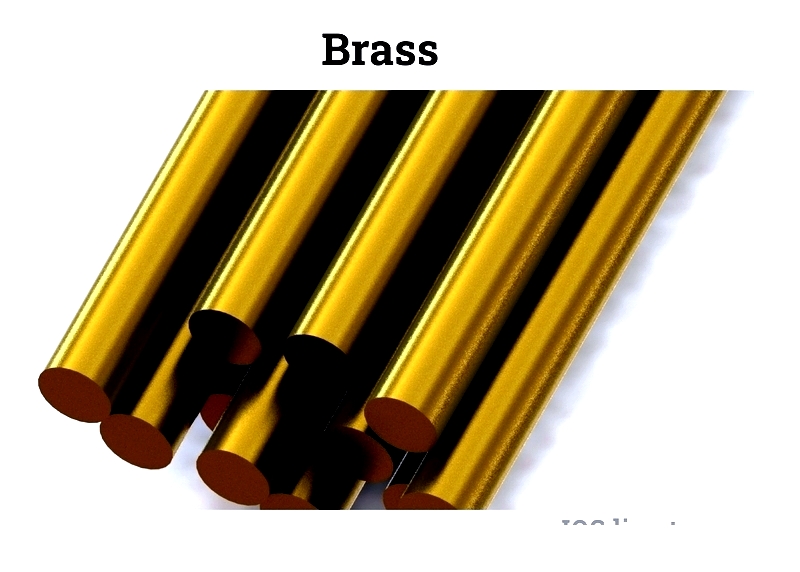
Chapter 1: Understanding the Fundamentals of metal Alloys
This chapter examines the core principles and unique characteristics of metal alloys.
Definition of metal Alloys
metal alloys result from combining two or more elements to form new materials. These may consist entirely of metals or mixtures of metals and non-metals. While alloys retain some properties of their base metals—such as conductivity and luster—they often develop distinct characteristics like greater hardness or strength. Alloys can also enhance properties like corrosion resistance while potentially reducing material costs.

Alloy composition is typically measured by mass percentage in industrial applications, though atomic fraction is used in scientific research. They are classified by atomic structure into substitutional, interstitial, and heterogeneous types, and may form intermetallic compounds or solid solutions with uniform crystalline structures.
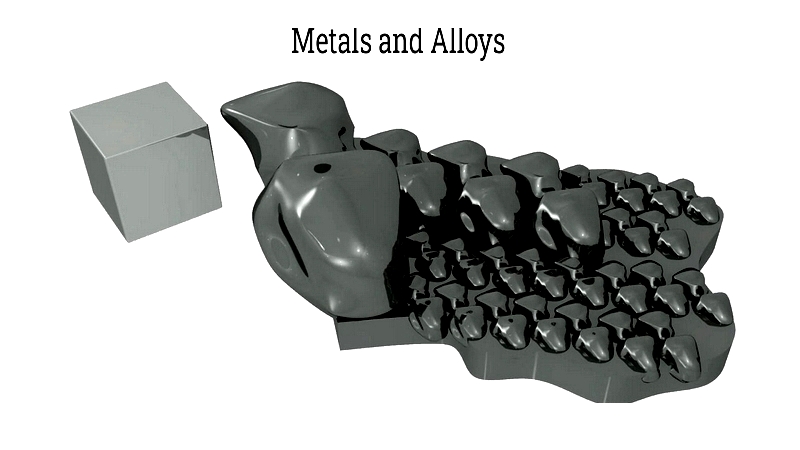
Attributes of metal Alloys
Alloys are engineered combinations where at least one metal is blended with other elements to create materials with enhanced properties. The primary metal determines the alloy's name, while additional components integrate into the mixture during production.
Alloying can dramatically alter mechanical properties—for example, combining aluminum with copper increases strength while maintaining ductility. Similarly, adding carbon to iron produces steel, which offers superior strength and can be further enhanced with elements like chromium for corrosion resistance.
Chapter 2: What are Pure metals?
Pure metals contain single-type atoms, giving them uniform structures and predictable properties. They serve as base materials for alloys, which combine multiple metals to achieve specialized characteristics like improved strength or conductivity.
Industrial applications primarily use select pure metals—including iron, aluminum, and copper—for their availability and performance. metallurgical standards require 99%+ purity for classification as pure metals, crucial for precision applications.
Understanding pure metals' properties helps in selecting appropriate materials for specific needs, whether for electrical conductivity, corrosion resistance, or fabrication requirements.
Copper
Copper's excellent conductivity and corrosion resistance make it ideal for electrical applications and construction. Its antimicrobial properties also benefit medical and food processing equipment.
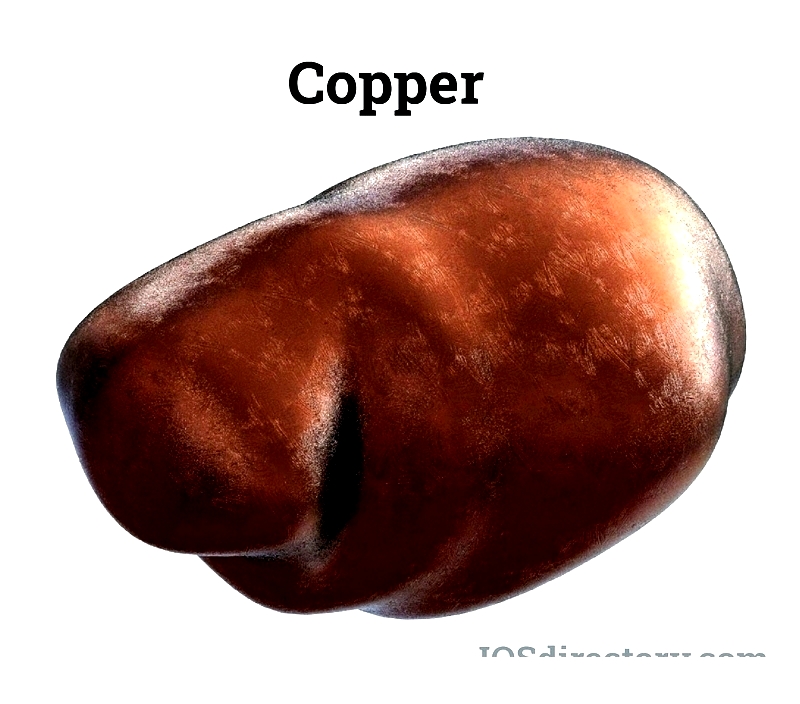
Aluminum
Lightweight and corrosion-resistant, aluminum is widely used in aerospace and packaging. Its recyclability and non-toxicity make it environmentally sustainable.
Iron
As the foundation of steel production, iron's magnetic properties and abundance make it industrially vital despite its corrosion susceptibility.
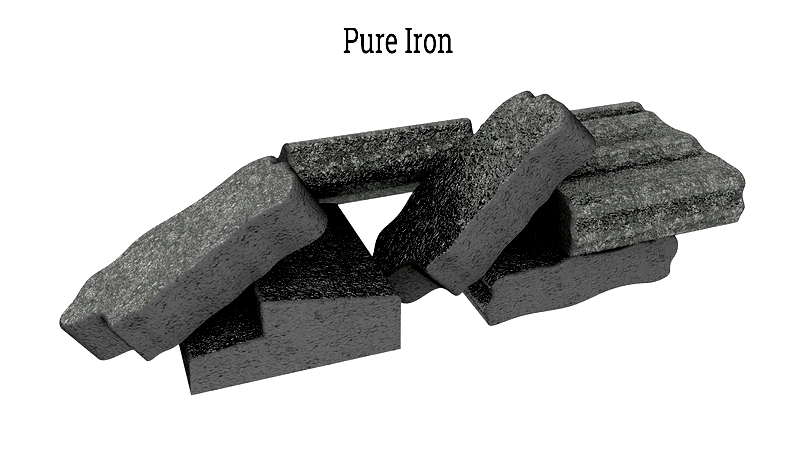
Chapter 3: Types of metal Alloys
Steel
Iron-carbon alloys with varying carbon content (0.3%-1.5%) offer different strength and formability characteristics for construction and manufacturing.
Properties of Steel
- Hardness: Resistance to abrasion
- Toughness: Impact absorption capacity
- Yield: Deformation resistance
- Tensile Strength: Breaking point under tension
- Ductility: Plastic deformation capability
Stainless Steel
Containing ≥10.5% chromium, these alloys resist corrosion through a protective oxide layer, making them ideal for medical and food processing applications.
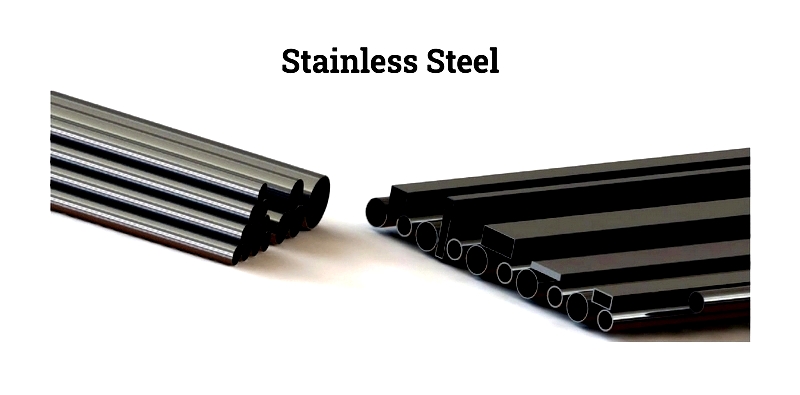
Aluminum Alloys
Combining aluminum with elements like copper or magnesium enhances strength while maintaining light weight for aerospace and automotive uses.
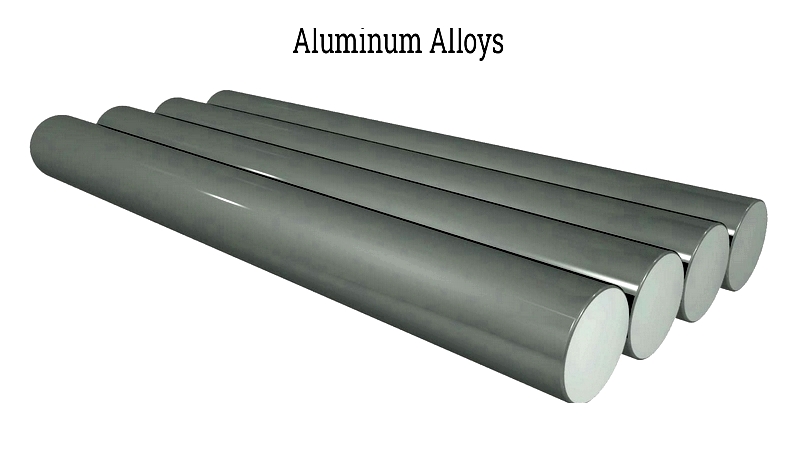
Nickel Alloys
These high-performance materials offer exceptional temperature and corrosion resistance for chemical processing and aerospace applications.
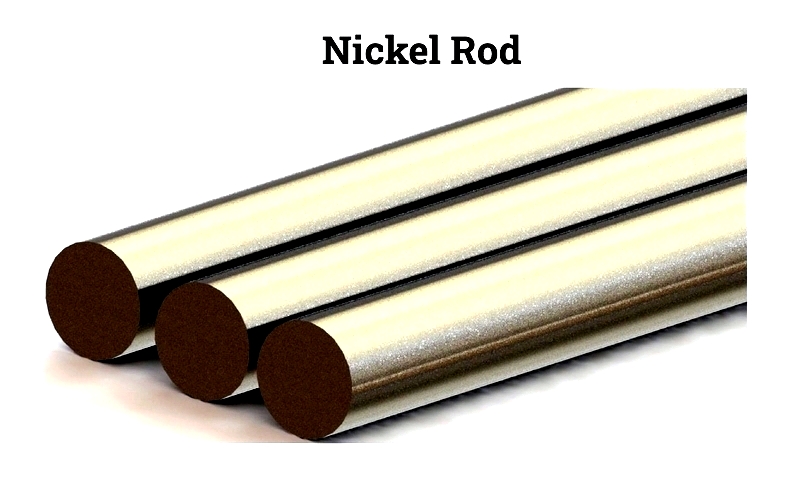
Bronze Alloys
Copper-tin combinations provide durability and seawater resistance for marine hardware and architectural elements.

Titanium Alloys
Known for strength-to-weight ratio and biocompatibility, these alloys serve aerospace and medical implant applications.

Niobium Alloy
Used to enhance steel properties, niobium alloys offer high-temperature performance for jet engines and superconductors.





